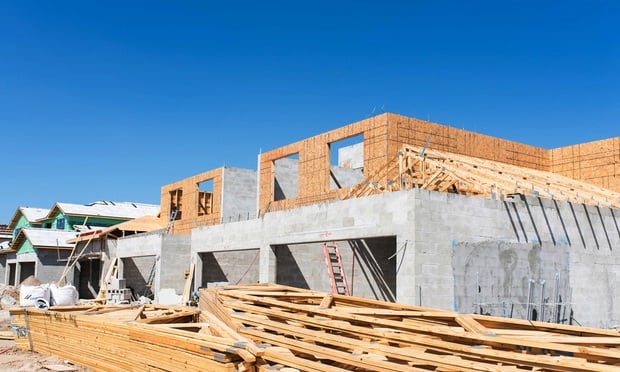PHOENIX-Q3 figures presented by Colliers International’s Research and Forecast Report show the industrial real estate sector in continued growth mode. With zero new space being delivered during the past quarter, combined with 1.6 million square feet absorbed and a vacancy of just above 14%, a single phrase is starting to be heard again: Speculative development.
There is good reason for this. Figures produced by Collier’s senior research analyst Pete O’Neil point out that, year-over-year, vacancy has fallen from 15.9% to 14.6%, a decrease of 130 basis points. Furthermore, year-to-date absorption throughout the metro area is at 3.5 million square feet. Comparing the Q3 2011 statistics to those of Q1 2010 provides an even larger story. Q1 2010 vacancy was at 17.7% area-wide, meaning a drop of 310 basis points from that time and 9.3 million square feet of absorption.
“This is our seventh straight quarter of improvement,” O’Neill tells GlobeSt.com. “We’re showing steadily robust improvement.” O’Neill predicts that the year-end vacancy figure will decrease even further, to 13.9%.
Though improvement is robust, Colliers’ senior vice president, industrial properties Don MacWilliam cautions against use of the word “strong” in terms of industrial market performance. “In a strong market, we see rising rents, but we aren’t there just yet,” he tells GlobeSt.com. “We’re seeing velocity, which will ultimately mean an increase in rents.”
Continued velocity is also meaning dwindling large blocks of space, especially with Amazon Inc. taking down millions during the past 14 months, along with Home Depot signing close to half a million square feet, Closed Loop Refining & Recovery signing for close to 127,000 square feet and Durobag taking down 121,000 square feet.
MacWilliam notes that, during the heyday of industrial development, between 2005 and 2007, approximately 14 million of speculative product was developed and, when the economic crash came, sat vacant for 1.5 years. But “when you have 4.6 million square feet of absorption in 2010, and absorption that could be close to that this year as well, space dwindles down,” MacWilliam comments.
Dwindling space and increasing demand can lead to speculative development. But MacWilliam once again sounds the note of caution, pointing out that spec is more of a discussion point for developers that already own land, as opposed to new buyers coming into the market.
“The barriers to coming in are that guys who already own land won’t sell to a competitor,” MacWilliam explains. “And those that have land don’t have the infrastructure in place right now for development.” Furthermore, he adds, the likely targets for speculative development would be infill areas, rather than far southwest areas such as Goodyear or Buckeye, he adds. Still, rents are creeping upward, meaning it will make sense for developers to start dabbling in speculative space. MacWilliam suggests that spec buildout could begin around Q3 of 2012 or Q1 2013.
Spec may still be a little down the road, but there no doubt the region is enjoying improvement after a particularly brutal beating in late 2009 and early 2010. “This is true demand growth,” MacWilliam says. “This is all new stuff coming to Phoenix.”
© Touchpoint Markets, All Rights Reserved. Request academic re-use from www.copyright.com. All other uses, submit a request to [email protected]. For more inforrmation visit Asset & Logo Licensing.






